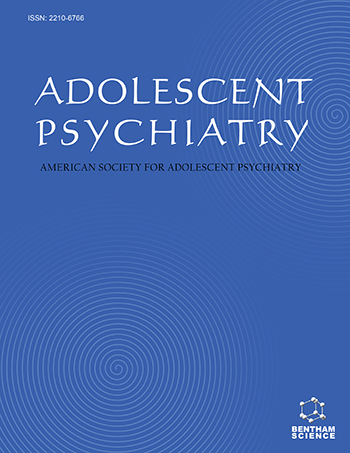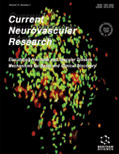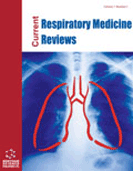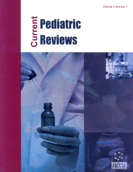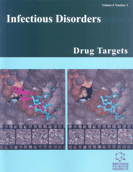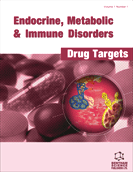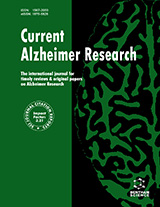Abstract
Background: Very little has been written in the analytic literature about loneliness, despite its ubiquity in human experience and its importance in development.
Method: In this presentation the authors share clinical material from intensive treatment of an adolescent to illustrate the complexity and importance of closer examination of the phenomena of loneliness. They suggest techniques that are relevant to studying and treating troubles that arise from difficult relationships to self and others, which eventuate in symptoms of isolation, withdrawal, failures in relationships and lack of developmental progression.
Summary and Conclusions: A two-systems approach makes sense of these phenomena and offers treatment techniques to address pathological defenses against loneliness and lend support for growth of enjoyment in both solitude and relationships with others. Shifting cultural norms have contributed to the pathologizing of solitude.
Keywords: Adolescence, cultural influences, development, loneliness, therapy, autonomy.
Adolescent Psychiatry
Title:Loneliness in Adolescence – A Two-Systems Approach
Volume: 5 Issue: 3
Author(s): Kerry Kelly Novick and Jack Novick
Affiliation:
Keywords: Adolescence, cultural influences, development, loneliness, therapy, autonomy.
Abstract: Background: Very little has been written in the analytic literature about loneliness, despite its ubiquity in human experience and its importance in development.
Method: In this presentation the authors share clinical material from intensive treatment of an adolescent to illustrate the complexity and importance of closer examination of the phenomena of loneliness. They suggest techniques that are relevant to studying and treating troubles that arise from difficult relationships to self and others, which eventuate in symptoms of isolation, withdrawal, failures in relationships and lack of developmental progression.
Summary and Conclusions: A two-systems approach makes sense of these phenomena and offers treatment techniques to address pathological defenses against loneliness and lend support for growth of enjoyment in both solitude and relationships with others. Shifting cultural norms have contributed to the pathologizing of solitude.
Export Options
About this article
Cite this article as:
Kelly Novick Kerry and Novick Jack, Loneliness in Adolescence – A Two-Systems Approach, Adolescent Psychiatry 2015; 5 (3) . https://dx.doi.org/10.2174/221067660503151204111807
| DOI https://dx.doi.org/10.2174/221067660503151204111807 |
Print ISSN 2210-6766 |
| Publisher Name Bentham Science Publisher |
Online ISSN 2210-6774 |
 45
45 2
2 1
1 1
1
- Author Guidelines
- Graphical Abstracts
- Fabricating and Stating False Information
- Research Misconduct
- Post Publication Discussions and Corrections
- Publishing Ethics and Rectitude
- Increase Visibility of Your Article
- Archiving Policies
- Peer Review Workflow
- Order Your Article Before Print
- Promote Your Article
- Manuscript Transfer Facility
- Editorial Policies
- Allegations from Whistleblowers
Related Articles
-
Subject Index
Adolescent Psychiatry Editorial [Hot Topic: Eating Disorders in Adolescents (Guest Editors: Julie Lesser and Kathleen Kara Fitzpatrick)]
Adolescent Psychiatry Medical Marijuana Use and Parenting: A Qualitative Study
Adolescent Psychiatry Depression in Adolescence: From Qualitative Research to Measurement
Adolescent Psychiatry Managing Acute Agitation and Psychotic Symptoms in the Emergency Department
Adolescent Psychiatry Early Intervention in Psychosis: Rationale, Results and Implications for Treatment of Adolescents at Risk
Adolescent Psychiatry Marijuana and Adolescents: Treatment Strategies for Clinicians
Adolescent Psychiatry Depression, Stress Symptoms, and Cortisol Awakening Response in Female Adolescents with Chronic Headache
Adolescent Psychiatry SYMPOSIA
Adolescent Psychiatry The Use of a Geographic Information System (GIS) to Study Spatial Distribution and Factors Associated with Stress Among Thai Adolescents
Adolescent Psychiatry New Onset ADHD Symptoms in Adolescents and College Students: Diagnostic Challenges and Recommendations
Adolescent Psychiatry Improvement in Cognitive Abilities, Mental and Emotional Wellbeing of Teenagers following a Meditation Retreat: An Open- Trial Pilot Study
Adolescent Psychiatry Caregiver Involvement in Sexual Risk Reduction with Substance Using Juvenile Delinquents: Overview and Preliminary Outcomes of a Randomized Trial
Adolescent Psychiatry Adolescent Suicide and Suicide Prevention Programs: A Comparison Between Lithuania and Flanders
Adolescent Psychiatry The Shame Ethic in Adolescent Psychotherapy
Adolescent Psychiatry Integrative Health Services in School Health Clinics
Adolescent Psychiatry Exploration of Psychological Well-Being, Resilience, Ethnic Identity, and Meaningful Events Among a Group of Youth in Northern England: An Autobiographical Narrative Intervention Pilot Study
Adolescent Psychiatry Augmenting Anger Control Therapy with a Videogame Requiring Emotional Control: A Pilot Study on an Inpatient Psychiatric Unit
Adolescent Psychiatry The Therapeutic Community for the Adolescent Substance Abuser
Adolescent Psychiatry Growing up in the Web of Social Networking: Adolescent Development and Social Media
Adolescent Psychiatry


